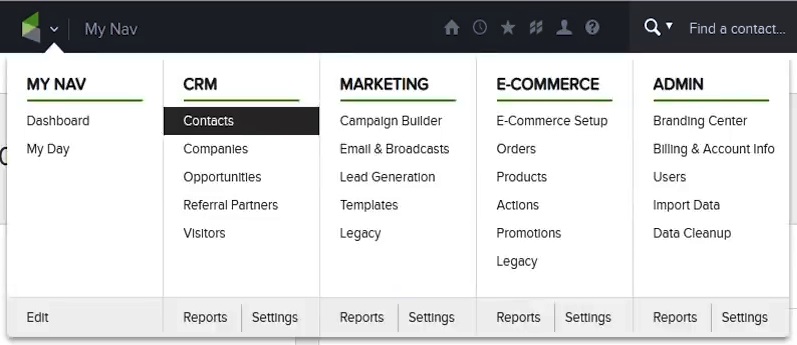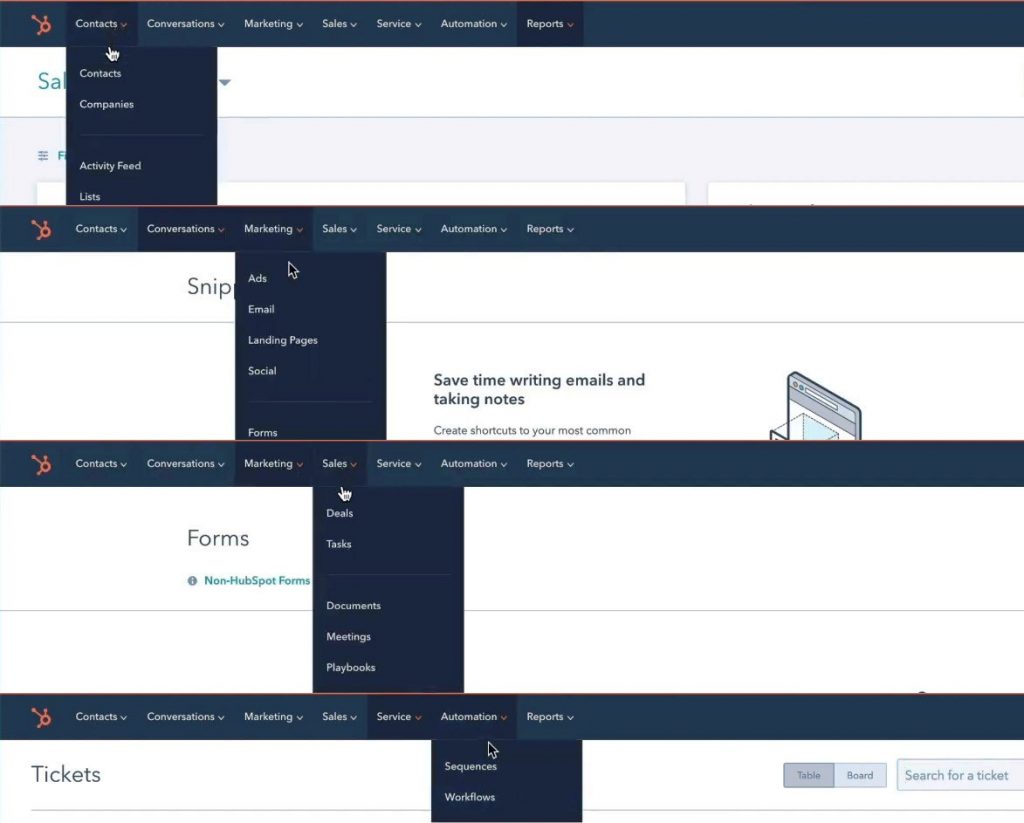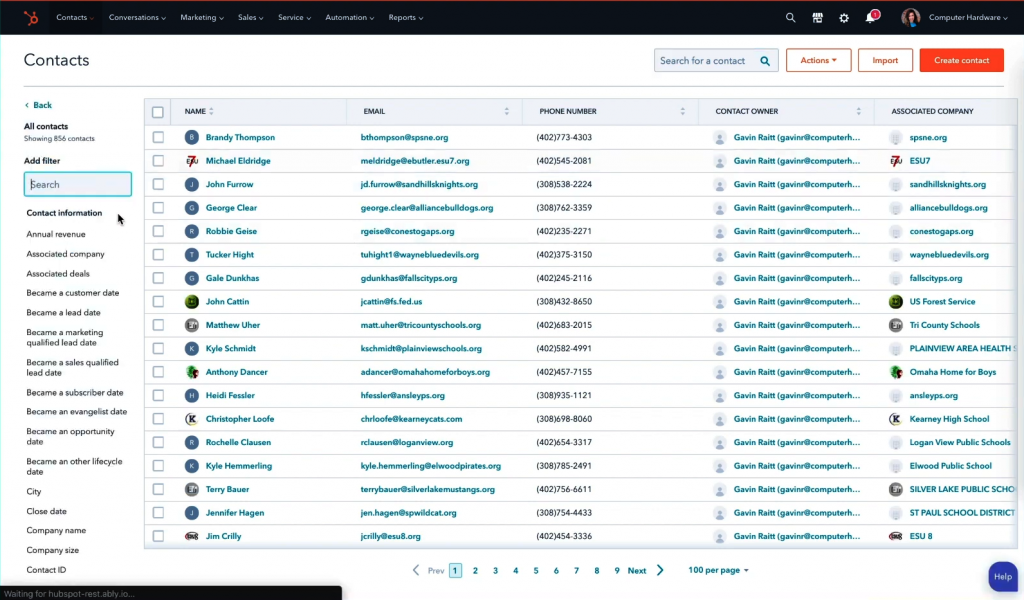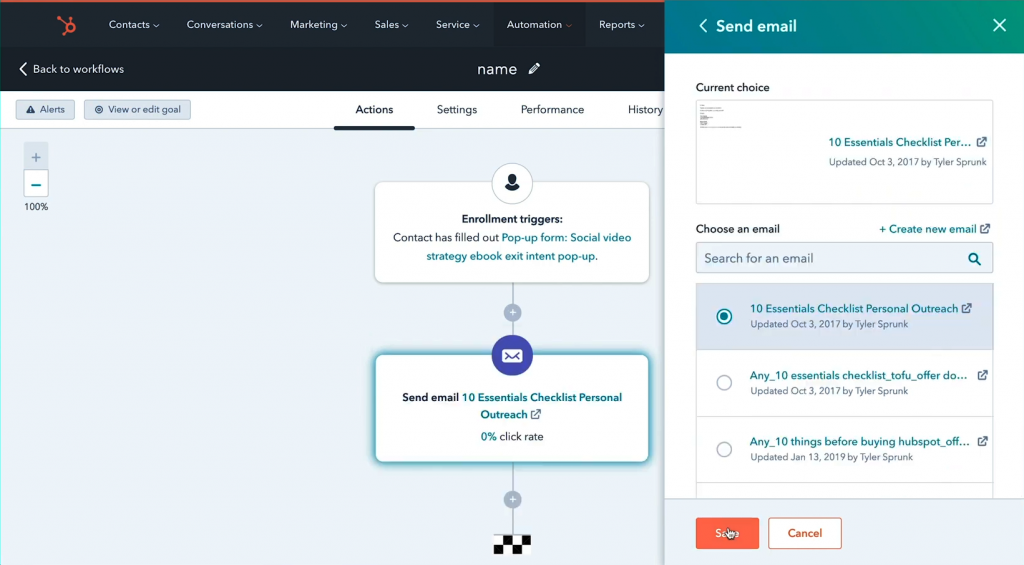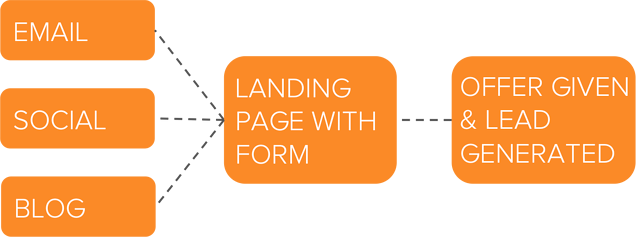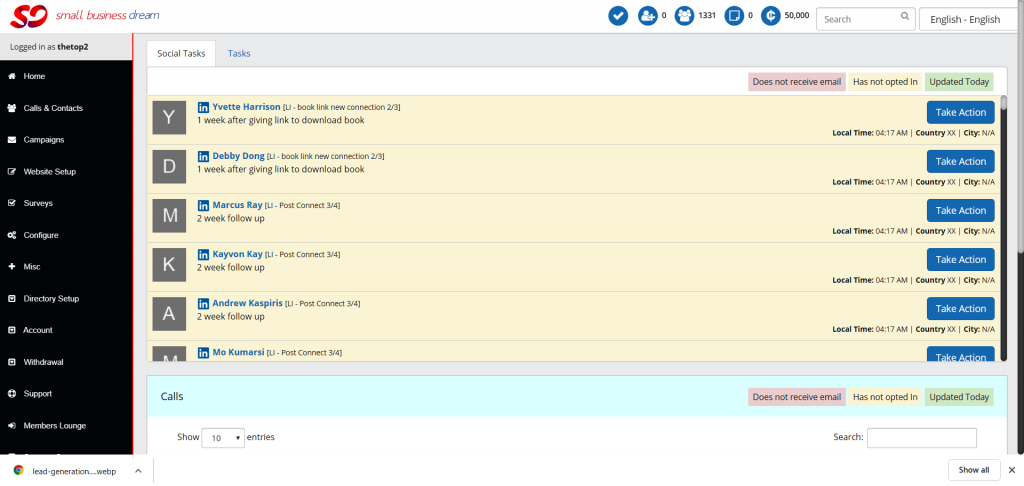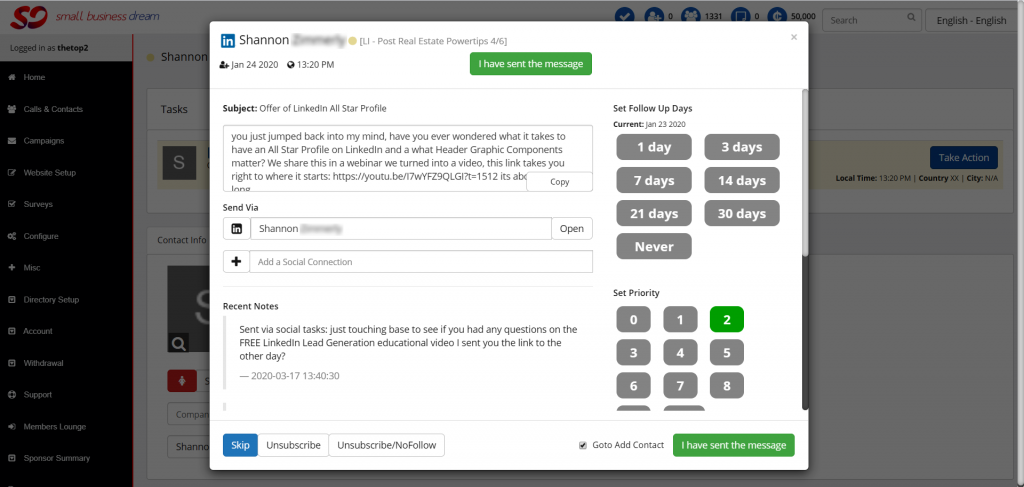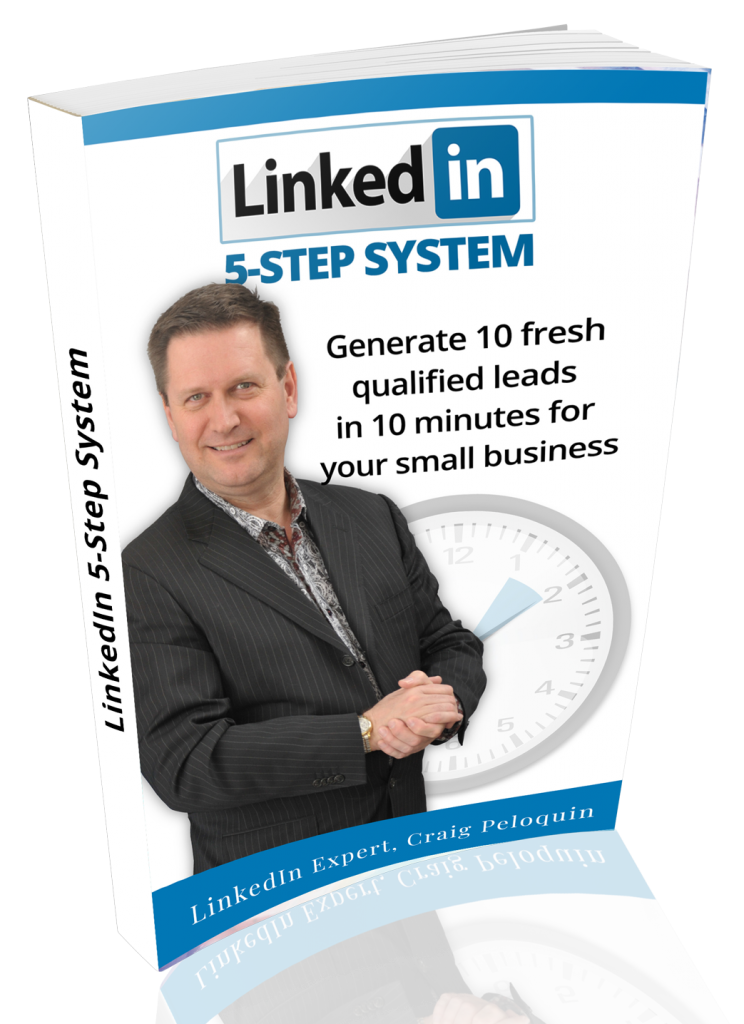Spending your hard-earned money on expensive marketing or ad campaigns is out of the question when you have razor-thin profit margins.
And while businesses are beginning to open up, we’re not out of the woods yet and businesses are still reeling from the effects of extended lockdowns and COVID-19 restrictions. But the good news is, we’re starting to see the light at the end of the tunnel and businesses are gradually opening up once more.
So how exactly can we market our business and spend zero dollars in the process? Let’s start with the most obvious one – accumulating social capital.
Spend Time Building Your Social Capital
No matter what business you’re in, building relationships is essential. It’s hard to imagine running a business with no thought of gaining people’s trust and maintaining good relationships. How much work you put into building your social capital will determine how successful your business will be.
The great thing is you don’t have to spend much money accumulating social capital than you would making friends as you go about with your day to day activities. And you need not look further than good old social media.
Facebook is particularly interesting – usage is at a record high. But unlike before, people aren’t just spending time on Facebook ‘social not-working’; they’re actually using it to find local businesses and checking on people to know how they are. Local businesses are also cranking up Facebook posts like never before, promoting their businesses through Facebook Page invites, shares, and being actively engaged for most of the day.
YouTube time has also increased. We’ve seen this before COVID-19, but even more so today as people are hungry for good, reliable content from news to entertainment and everything in between. You can be the go-to guy by sharing your experiences and expertise. So for instance, if you’re into food business, talk about how you can save on food by planning your meals and recycling leftovers so nothing goes to waste.
Offer Something for Free
If you think about the cost of getting a new customer, you’ll quickly realize how inexpensive freebies and giveaways can actually be. Besides, people will remember you more if you’re giving something out. Things like mugs, T-shirts, umbrellas – they’re not only useful, they double as a marketing tool by itself. But what if you don’t have money to go around?
One of the most effective ways which is still true today is offering ‘gated content’ to your target audience. This could be a free e-book, whitepaper, research, exclusive access to a live webinar, or a complimentary item or service which they can avail by signing up to your mailing list. This often goes along with a CRM and a content marketing strategy. Always remember to use ‘double opt-ins’, like what we do with our Small Business Dream Sales and Marketing Automation, in keeping with GDPR laws.
Other options include hosting a ‘mini-contest’ on social media via Facebook Live or newsfeed posts. Sounds simple, but it actually worked on many small business with little to no marketing budget. Check out this blog post on creative ways to run Facebook contests if you need some ideas and try one yourself.
Content Marketing
As the name suggests, you use content to promote your business, albeit more subtly compared to using traditional ads. It’s an age-old practice and comes in many forms from old-school TV shows and soap operas to blogs and YouTube videos. This requires some dedication on your part to deliver content consistently and you might also need to learn some SEO so people can actually see your posts.
It will take a while to rank organically, but there are workarounds to get more people to know about you quickly. When it comes to text-based content, guest posts are a great way to get exposure. Some sites allow you to post a link to your website at the very end. Content marketing always works best when used with other methods such as social media and email marketing. Same goes for YouTube content. But on top of this, you’ll need a CRM/sales and marketing automation to organize and execute your marketing plans.
Joint Venture with other Businesses
We’ve talked about this in one of our blog posts about joint ventures. The idea is to find complementary businesses with a huge list of people who might be interested in your product or service. In return, they get a percentage on every sale you make. You get the list, they get their share – even Steven.
The biggest draw is you don’t spend on anything until you make the sale, and even so, it’s just your own way of returning the favor on things which would have cost you more, i.e. ads and other marketing expenses. The key is to look for businesses that can benefit from what you have to offer and are not a direct competition to yours.
Restaurants can joint venture with delivery services and apps like DeliveryBizConnect. Insurance companies can joint venture with auto and real estate. Even content creators can become joint venture partners by allowing some type of promotion on their blog or YouTube channel, kind of like affiliate marketing. So yes, you can definitely market your business without spending a single dime if you know how to joint venture.
Showcase Your Work
Part of your portfolio should include your most notable works as well as testimonials from your previous clients. Just by looking at your works and hearing what others have to say about you almost instantly wins people’s trust. One of the most popular ways is to create a LinkedIn account for your business. It functions as your virtual business card and is a great networking tool.
Another popular option is to use free website builders and CMS like Wix and WordPress where people can marvel at your work. Note: just by having a professional-looking website is a statement in itself. It speaks a lot about you and your business and why they should trust you.
You can get testimonials and user recommendations for free and they are extremely powerful in promoting your business. They provide context to your product or service. They make your business more relatable because people are able to put themselves on the shoes with those who share the same problems and experiences as theirs.
Testimonials should be posted on your website, Google Reviews, Facebook and Yelp if appropriate.
Ask for Free Small Business Advice
We want to reach out and talk with you through our FREE 45-minute business consultation where we can discuss some solutions to get you through the pandemic.
We layout every possible means to keep you in business, whether it’s through LinkedIn, Facebook, Twitter, email series, sales funnels, landing pages or business directories.
Can’t go to the office? Download SBD Sales and Marketing Automation App for your mobile and keep tabs on your business in the comfort of your homes.





